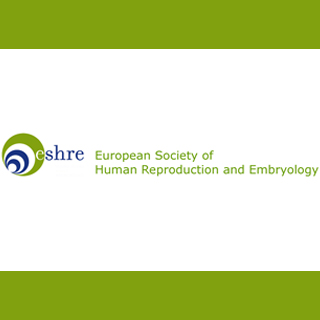
UPA belongs to a new class of drug namely the selective progesterone receptor modulators (SPRMs). Presently it is used for urgent contraception as it restricts progesterone receptors and therefore ovulation. It helps in the formation of uterine fibroids that affects nearly 24 million women in Europe. This causes many problems namely abdominal pain, discomfort, heavy and irregular menstrual bleeding. Fibroids underline hysterectomy in Europe and the U.S. and also add to infertility as it affects the capability of the embryo to implant in the womb and leads to miscarriage.
“Both the fibroids and the surgical interventions commonly used to treat them can cause significant fertility problems and we wanted to see whether fibroids could shrink and surgery could be avoided by using an SPRM,†shares Dr. Alicia Armstrong, Chief, Gynecologic Services, National Institutes of Health (NIH) Programme in Reproductive and Adult Endocrinology, Bethesda, Maryland.
Findings were accumulated form two Phase II randomised, placebo-controlled, double-blinded studies conducted at NIH. Participants enlisted for the study aged between 25-50 years and had symptomatic uterine fibroids. They were randomised to receive UPA or placebo daily specifically for three menstrual cycles. Experts observed efficiency among 57 participants, 18 who received placebo, 20 10mg of UPA per day and 19 received 20mg per day. Total fibroid volume lowered among those taking the higher dose fared better 14 (70%) in the 10mg group and 16 (84%) in the 20 mg group. Reduction in fibroid volume was significantly lowered among those participants on placebo.
Patients receiving UPA lowered bleeding as compared with placebo. In the third month of treatment 16 patients receiving 10mg daily and 18 on a daily dose of 20mg had no menstrual bleeding. Towards the end, patients on active treatment fared better in the evaluation of their quality of life, severity of symptoms, energy levels, mood and overall concern regarding the effects of fibroids.
Dr. Lynnette Nieman, Principal Investigator on the NIH trials elucidates, “The results of these trials are convincing and lead us to conclude that UPA is an effective non-invasive treatment for fibroids that can help maintain fertility in women whose only option up to now was to have surgery. We hope that the results from these trials, along with those from the Phase III trials currently being conducted by the Swiss company PregLem SA, will allow us to offer this treatment to women who do not want surgery or are unable to have it for medical reasons. These studies will not only help us understand how the treatment works in women with uterine fibroids, but may give us pointers about which patients might benefit most.â€
Estradiol levels were sufficient for bone health during treatment among 77%, 100% and 95% of patients in the UPA 10mg and 20mg and placebo groups respectively. This highlighted the action of the ovaries were not distorted and there were no harmful side effects. Women who consumed UPA seemingly had momentary increase in liver functions tests. Others had alterations in the endometrium that were previously seen with this class of compounds.
These findings were shared at the 26th annual meeting of the European Society of Human Reproduction and Embryology in Rome.
